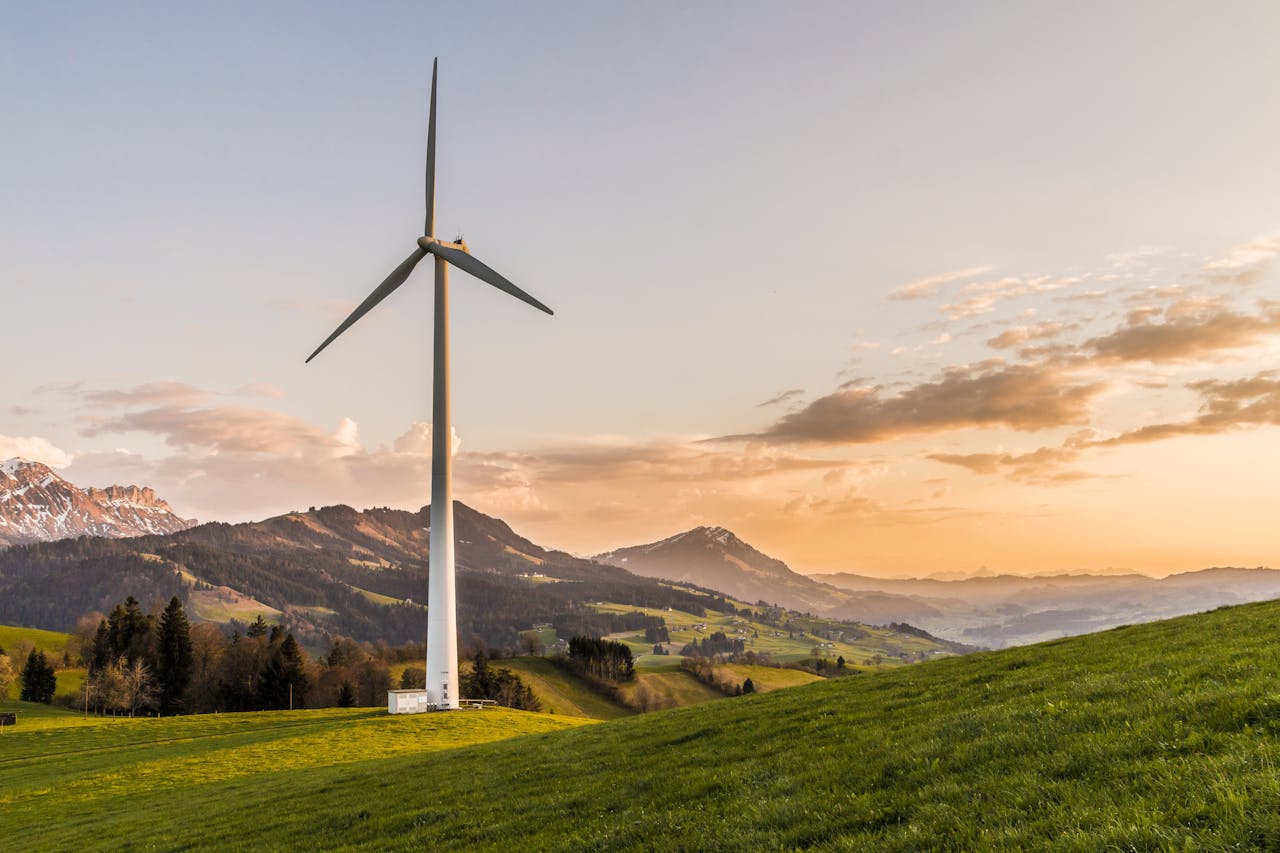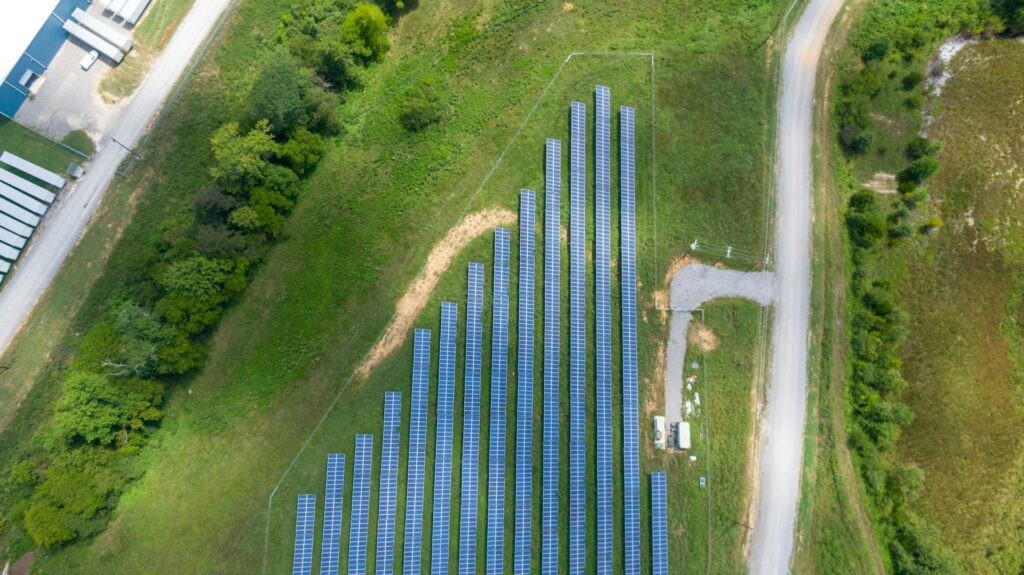Green Cloud Computing and Energy Efficiency
Cloud computing has been a significant energy consumer as digital infrastructures continue to grow. The transition to green cloud platforms will considerably minimize carbon emissions as it will power data centers using renewable energy and use energy more efficiently. The major players are investing in carbon-neutral technologies and digital growth is in line with the decarbonization targets around the world. Moreover, there is a rise in the use of AI-powered systems to optimize energy usage on real-time, to change cooling and workloads depending on demand and green energy availability. This does not only reduce emissions but it also reduces the cost of operation and sustainability to both the environment and the economy.
Circular Economy and E-Waste Reduction

Sustainable technology focuses on lowering the amount of electronic waste by creating sustainable products with a design that is durable, modular, and repairable. Circular economy principles promote reuse, refurbishment and recycling of components to reduce landfills contributions. A new type of tools is the Digital Product Passports that can track product origins, materials, and lifecycle to increase transparency and make more informed decisions about disposal and recycling. Circular companies save on materials, improve brand image, and meet the growing regulatory pressures across the world, a trend crucial in the development of sustainable tech.
AI and Data-Driven Sustainability Solutions
Sustainability is being transformed by artificial intelligence, which can be used to manage resources more intelligently and to make predictions. AI helps to optimize energy consumption in smart grids, emission control and supply chain management. Other startups such as Eugenie.ai are an example of AI coupled with satellite image to assist companies in tracking their carbon footprint and controlling it. In addition to the environmental advantage, AI-based tools contribute to social sustainability through the detection and elimination of biases, inclusiveness, and fairness in the workplace.
Innovations in Renewable Energy and Mobility

Solid-state batteries, perovskite solar cells and floating wind turbines are changing the production and storage of energy. Electric mobility which is powered by the improvement of battery safety and longevity also helps in decreasing the emission of greenhouse gases and air pollution. The vehicle to everything (V2X) technology enables the electric vehicles to contribute to the stability of the grid by supplying energy back to it during peak times. The solutions being developed by startups worldwide enable the management of fleets of electric vehicles and make the process of charging infrastructure easier, which contributes to the faster growth of sustainable transportation.
The Road Ahead: Integrating Sustainability in Tech Culture
Attitudes towards technology development are changing to incorporate sustainability throughout the ideation to implementation. Companies are focusing on sustainable design, green logistics, and sustainable energy consumption in addition to conventional measures of innovation. Green programs founded by employees and enhanced ESG reporting systems hold the accountable and involve teams in sustainable business practices. Green technology has now become a key competitive edge that determines the future of industries as sustainability is becoming a determining factor to both investors and consumers.
Conclusion
The digital future is being re-designed with sustainable technology that is a combination of innovation and environmental sustainability. With green clouds, circular economy, AI-based resource control, and renewable energy breakthroughs, the tech industries are moving towards a more sustainable and resilient world. This holistic change does not just reduce environmental damage but also takes business productivity and social responsibility, and makes sure that digital development does not disconnect with the health of the planet.

